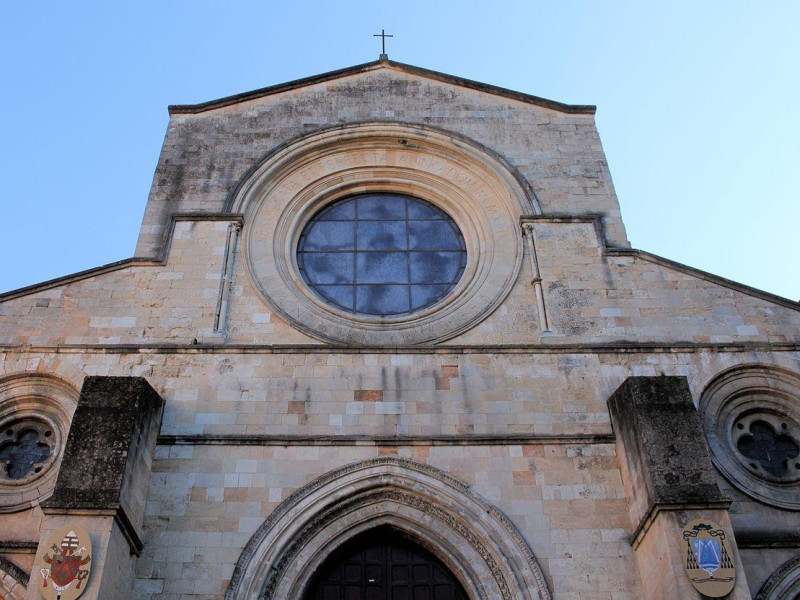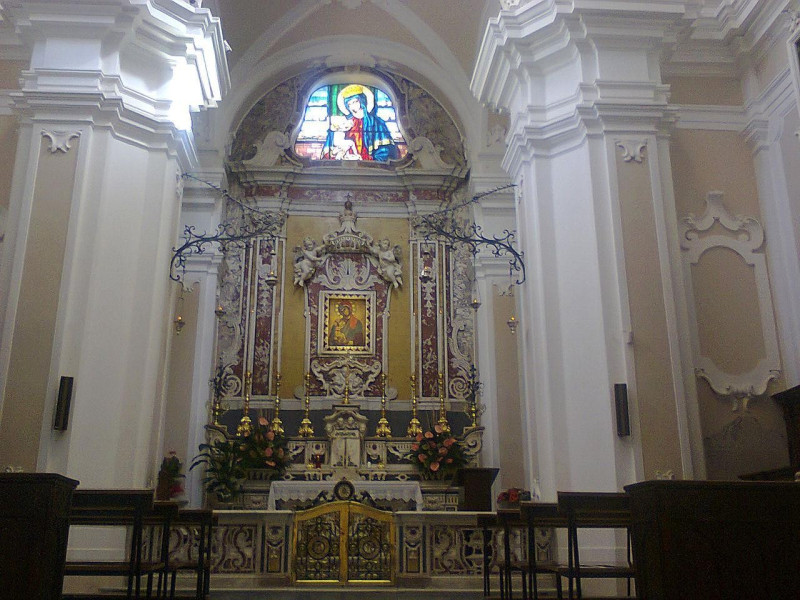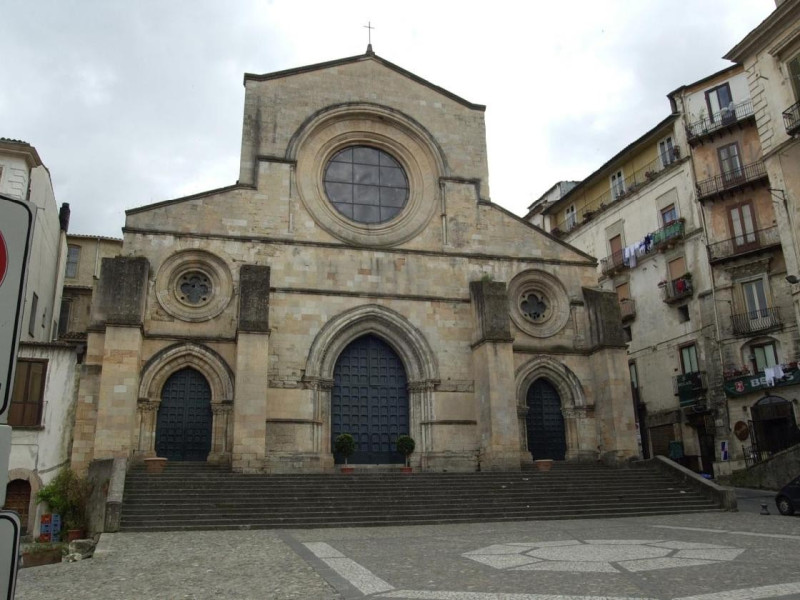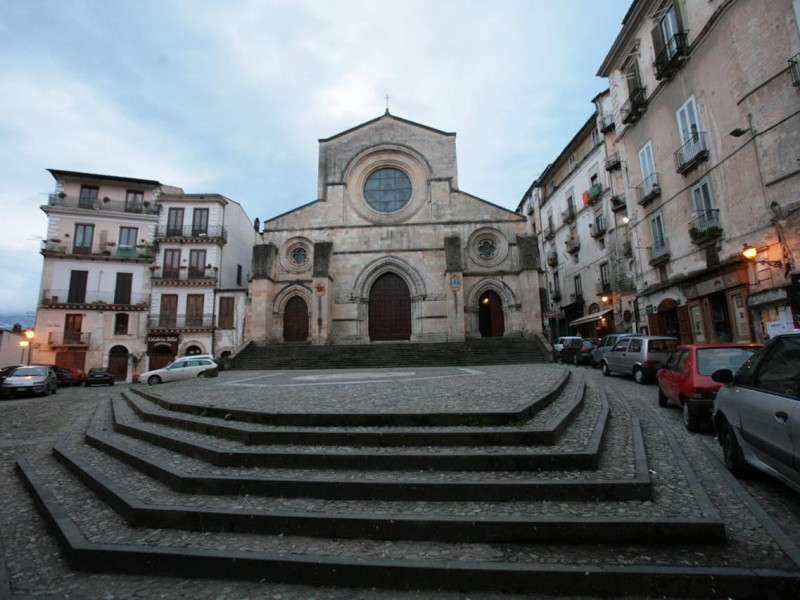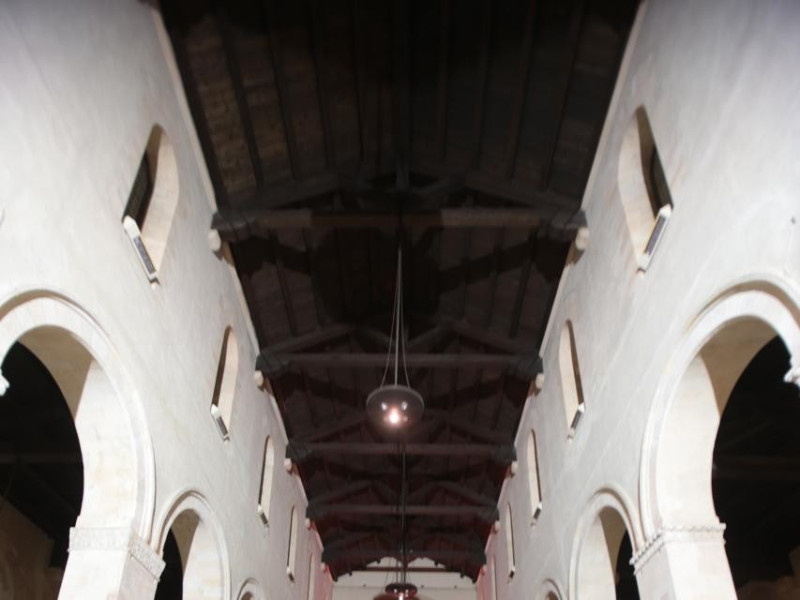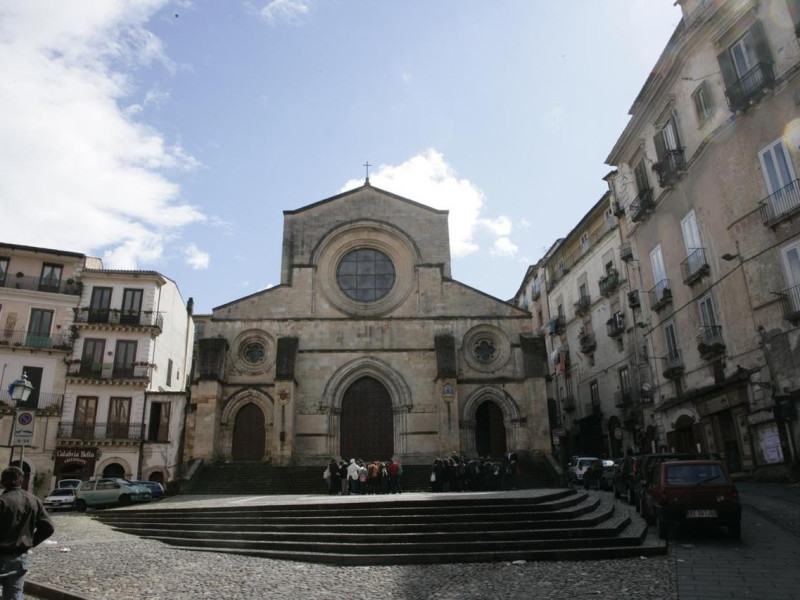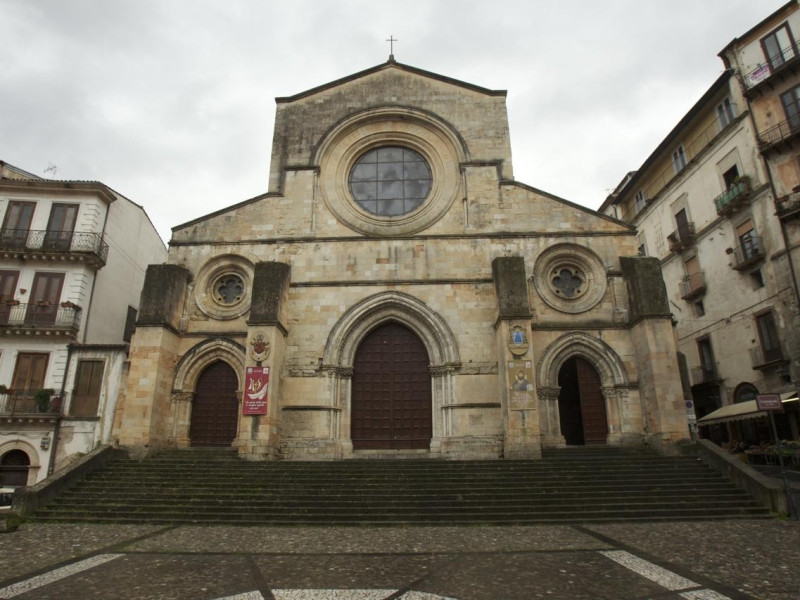Cattedrale di Santa Maria Assunta (Duomo)
The Cathedral of St. Mary Assumed is the main place of Catholic worship of Cosenza, episcopal seat of the Archdiocese of Cosenza-Bisignano. Sanctuary of the Virgin of Pilerio, is located in the heart of the historical center of the city. The building was built around the middle of the eleventh century and has more architectural styles. In 2011 it was recognized "Heritage Witness Culture of Peace" by UNESCO. The current Cathedral is located in the same place of an older church, dating from the eleventh century and almost completely destroyed by an earthquake. After the first reconstruction, new work will be executed in the '700, with the addition of Baroque superstructures and disappearance of countless works of art. To complete the work of transformation intervened, in the first half of the nineteenth century, the renovation of the facade, transformed into a Neo-Gothic style. The restoration, undertaken already in the nineteenth century, were designed to restore the original Romanesque-Gothic austerity: the facade has four pillars and three portals surrounded by rose windows; the entrance is preceded by a wide staircase. Gothic Cathedral stands on a lantern, made at the end of the XII century by Giuseppe Pisantia covering the dome above the main altar. The interior has a Latin cross, divided into three naves of eight bays each with a trussed roof. Along the left nave, there are two Baroque chapels dating from the seventeenth and eighteenth century: the first is dedicated to Our Lady of Pilerio, and preserves the Byzantine icon of the twelfth century the type Galaktotrophousa "nursing" (Madonna nursing the Child); the second belongs to the Brotherhood of Prayer and Death and houses the burial of the members of the "Expedition of the Bandiera Brothers" (1844). The Cathedral also houses two important mausoleums: that of Henry VII of Germany and that of the Queen of France, Isabella D'Aragona. The deep apse houses the main marble altar in Romanesque style and a precious wooden crucifix of the fifteenth century. Over the niches supported by columns there are the polychrome frescoes of the nineteenth century, works of Domenico Morelli and Paul Veltri. During the recent renovations were found remains from Roman and early Christian era.
